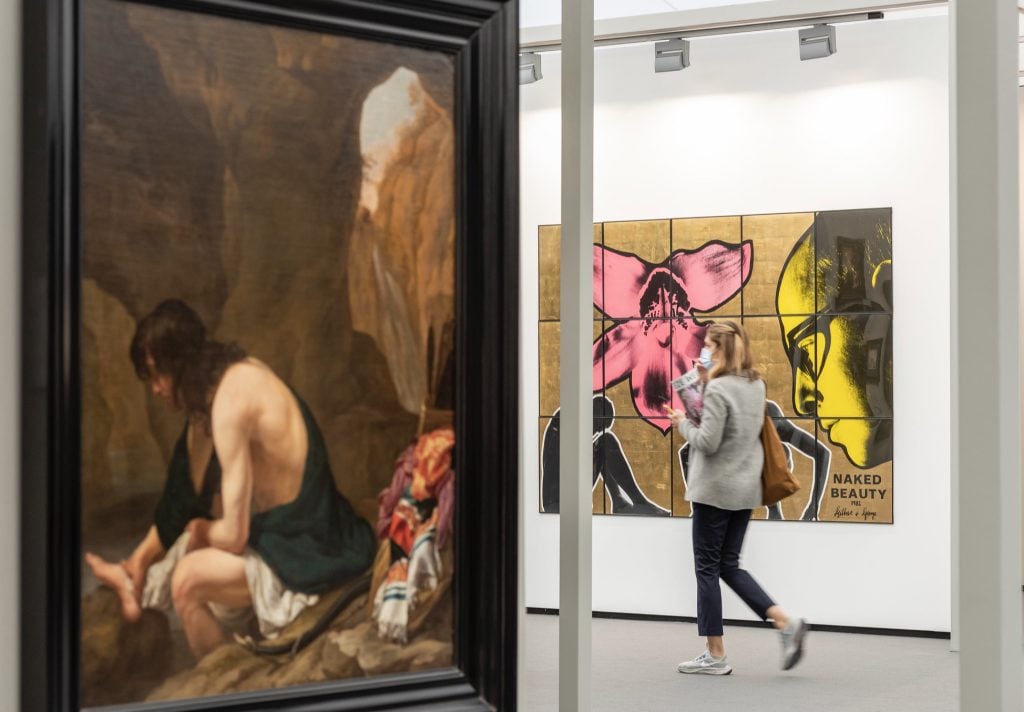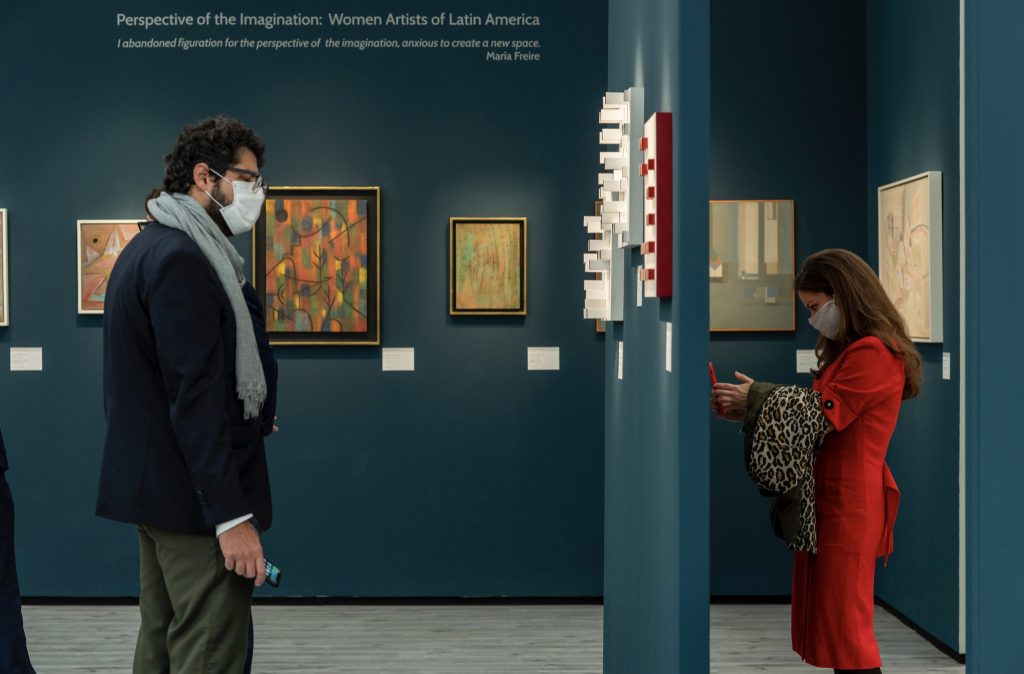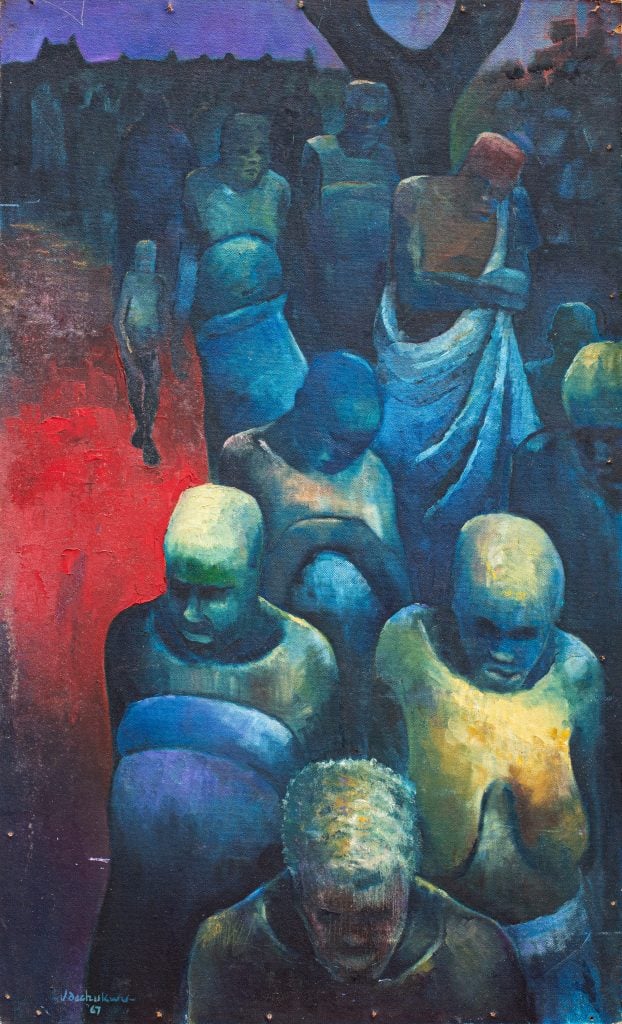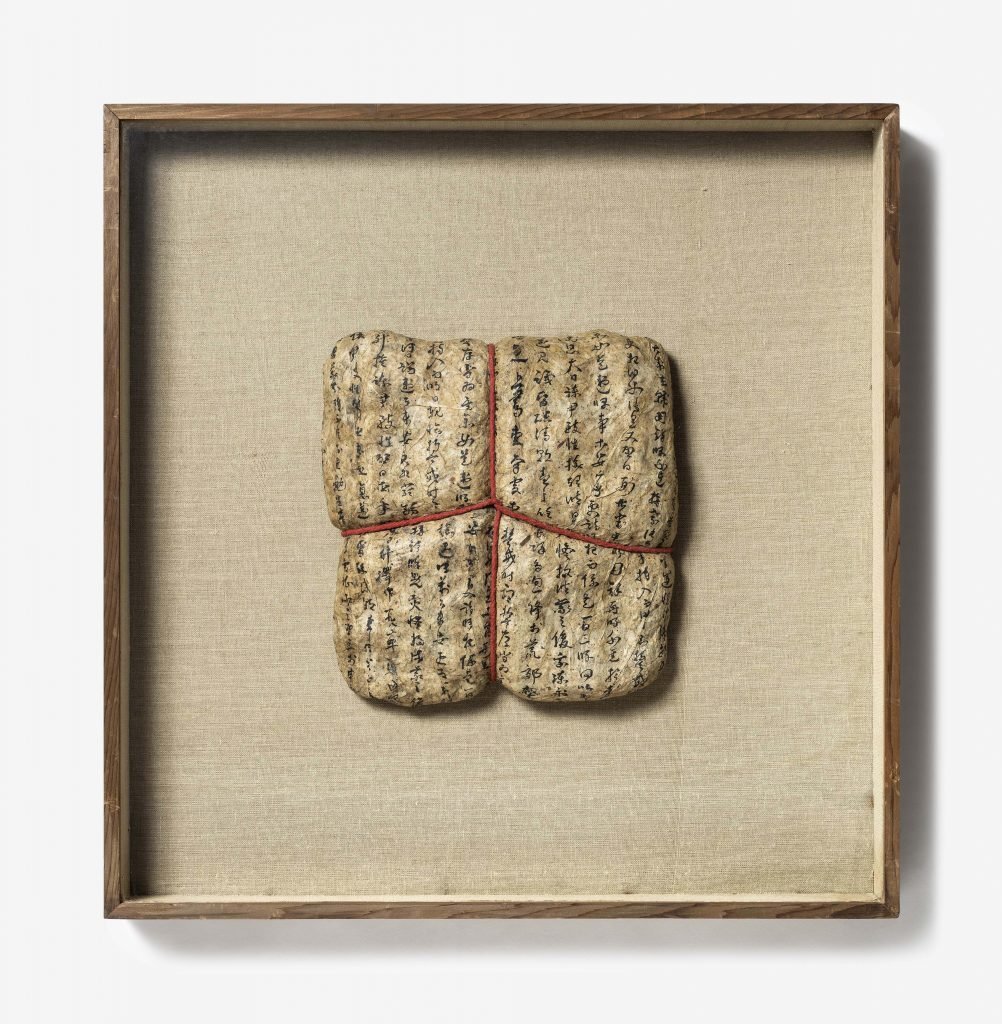Art Fairs
Frieze Masters Debuts in London With a Focus on Korean Art and a Slower-Than-Usual Pace (But There Were Still Multimillion-Dollar Sales)
Many exhibitors are making a concerted effort to internationalize the market for Korean art.

Many exhibitors are making a concerted effort to internationalize the market for Korean art.

Vivienne Chow

Colorful face masks may have concealed the cheerful smiles of VIPs and exhibitors at Frieze Masters, but the excitement of returning to a physical fair in London after a prolonged period of lockdown was still evident during the fair’s VIP preview on Wednesday. It felt surreal to be viewing and discussing art in person under a tent in Regent’s Park—but it remains unclear whether such exhilaration translated into sales across the board.
Compared to Frieze London, the fair’s contemporary arm situated across the park, Frieze Masters traditionally sees a much slower pace of sales. The nature of the works on show, which range from antiquities to classic 20th century fare, tend to draw a calmer, more deliberate crowd. (While an in-demand contemporary painter might have a wait list of 100 people, making their booth an instant sellout, older works often require longer conversations, in-person examination, and provenance and condition reports in order to seal the deal.)
Some blue-chip galleries among the 130 Frieze Masters exhibitors reported strong sales during the early hours of the preview. Others said the pace was made even slower than usual by two factors: the strict timed ticketing system introduced as a crowd control measure and the thin attendance of collectors from America and Asia.
“It feels more subtle because there’s no first-day rush,” said one exhibitor who asked not to be named. “We can have more discreet conversation with clients and this is a more elegant way of opening a fair. But how it affects our business… we are not sure.”

Dickinson’s booth at Frieze Masters 2021. Photo: Deniz Guzel, courtesy of Frieze.
Galleries offering work by brand-name, blue-chip artists—particularly those who had done legwork to preview and reserve works ahead of the opening—were the first out of the gate with multimillion-dollar sales. David Zwirner sold works by Ad Reinhardt, Josef Albers, Paul Klee, and Yayoi Kusama for prices ranging from $500,000 to $1.1 million. Hauser & Wirth sold a hanging sculpture by David Smith for $1.5 million and one by François Morellet for €500,000 ($579,235) as well as a watercolor by Marlene Dumas for $450,000 and a Dieter Roth to a U.S. museum for $180,000.
“Serious collectors come to Frieze Masters to seek out works of the highest caliber,” Iwan Wirth, president of Hauser & Wirth, told Artnet News via email. “The new system does not seem to be a barrier to these determined collectors. Frieze proves beyond doubt that London is a vibrant art capital.”
Some newcomers also reported sales during VIP day. Ronchini Gallery sold three paintings by the late Italian painter Luigi Boille for prices ranging from €30,000 to €70,000 ($34,754 to $81,092). Tate picked up politically charged works (one oil painting and three works on paper) by Nigerian artist Obiora Udechukwu from Lagos’s kó gallery in the Spotlight section, priced between $5,000 to $100,000, with the Frieze Tate Fund backed by Endeavor, the entertainment and media conglomerate that owns a majority of stake in Frieze.
There was no shortage of works evoking wonder on view at the fair. Memorable highlights include the £1.65 million ($2.25 million) collection of rare books titled One Hundred Seconds to Midnight – Sounding the Alarm for Climate Change presented by Peter Harrington. The London-based dealer was hoping an institution would take on the responsibility of not only acquiring and preserving but also expanding the group of 800 first-edition books, printed materials, and art that documents humanity’s evolving record of the changing climate.

Obiora Udechukwu, Silent faces at the crossroads (1967). Courtesy of Ko Gallery.
Works by Korean modern and avant-garde masters, including some of the biggest names from the Dansaekhwa movement, are also a noticeable presence this year. The minimalist art movement, which coalesced in the mid-1970s, became a global art-market craze about five years ago, cooled off, and now seems to be coming back in vogue ahead of two landmark exhibitions on 20th century Korean art at the Solomon R. Guggenheim Museum in New York and Los Angeles County Museum of Art scheduled for 2022.
Galleries from South Korea including Gallery Hyundai, PKM, Arario Gallery and Kukje Gallery—as well as such international dealers as Belgium’s Alex Vervoordt—appear to be making an orchestrated effort to showcase Dansaekhwa to a western audience on the same day that one of Korea’s major art events, the Korea International Art Fair, opened in Seoul. (Both fairs run through the weekend.)
At Frieze Masters, Kukje Gallery shared a booth with London and Turin’s Mazzoleni; together, they juxtaposed minimalist works by the likes of Kwon Young-Woo and Ha Chong-Hyun with works from Germany’s Zero movement. Kukje sold an oil on canvas by Lee Ufan for $450,000 before the fair opened. Arario Gallery, meanwhile, used its debut at a London fair to introduce the work of multimedia Korean artist Soungui Kim, a contemporary of Nam June Paik.

Lee Seung Taek, Untitled (1982-85). Photo: Mark Blower. Courtesy of Gallery Hyundai.
“There is an increase in global interest in Korean art,” said Park Kyung-mee, president of PKM, which sold a $600,000 work by Dansaekhwa artist Yun Hyong-Keun during the early hours of the fair. She noted that many of the visitors to her booth already owned a piece by Yun, who is known for smearing ultramarine blue and burnt umber onto the canvas, and were coming back for more.
Hyundai presented a large group of Korean modern and postwar works with price tags ranging from $45,000 to $600,000. Patrick Lee, executive director of Gallery Hyundai, said the notable presence of Korean art at Frieze Masters marks the beginning of a broader awareness of the country’s art history.
“Some artists are still relatively unknown,” Lee said. “But what we aim to achieve is to build a long-term dialogue to introduce these artists to curators at institutions and an international audience.”
Note: The story was updated on October 14 with new information about the Tate acquisitions at the fair.